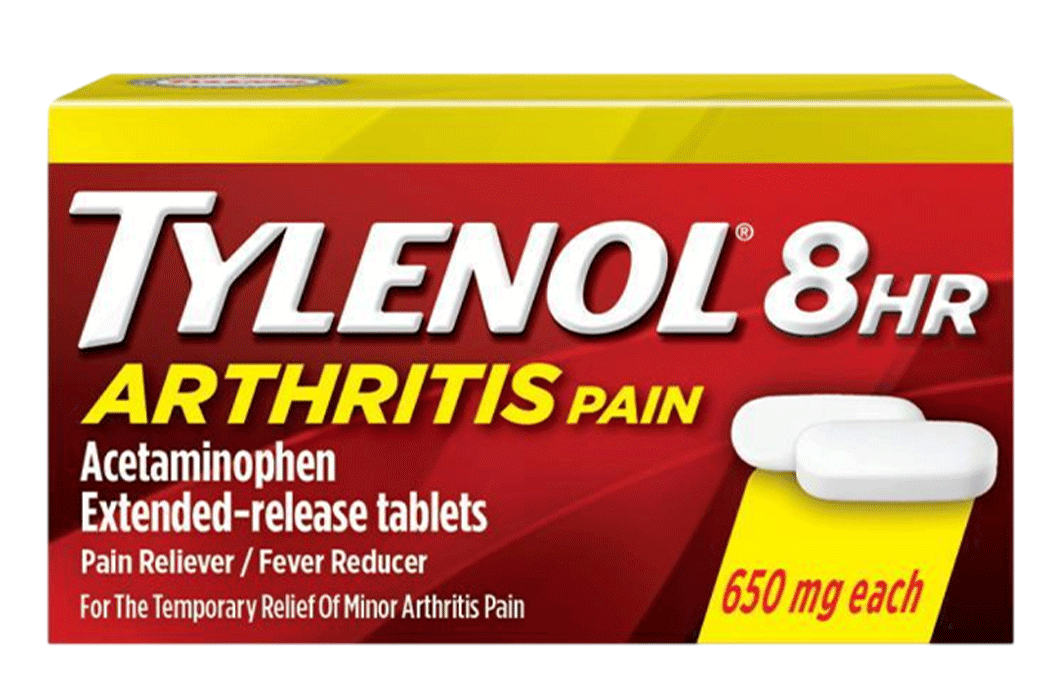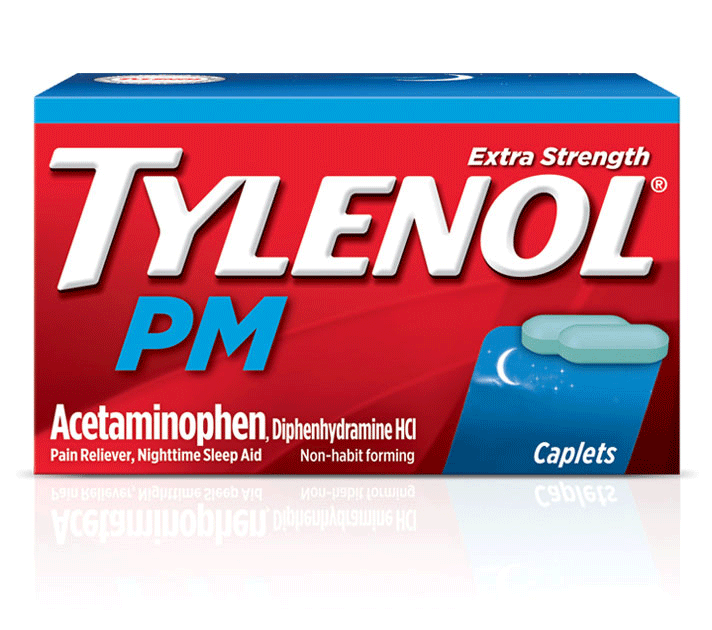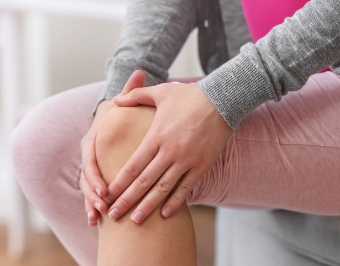Treatments like medication and physical therapy aren’t the only things that can help with arthritis; other simple steps can help your symptoms too, like exercise, nutrition, and stress management.

Learn more about holistic medicine tips and natural home remedies for arthritis relief. Talk to your doctor if you have any questions or concerns about your arthritis pain.
1. Maintain a Healthy Weight
If you’re overweight, dropping a few pounds can ease the pressure on your knees and hips. Low-impact exercise and a healthy balanced diet can help you maintain a healthy weight. Losing excess weight has many other health benefits, including reduced risk of heart disease, diabetes, and other diseases, increased energy, better sleep, improved mood, and much more.
2. Try Low-Impact Exercises
It’s important to stay active to support your joint health. Exercise helps ease pain and stiffness, and it can also strengthen muscles around weak joints.
Try some of these arthritis-friendly low-impact exercises and activities:
- Walking
- Swimming
- Cycling
- Gentle stretching
- Yoga
- Tai chi
Regular exercise also helps with weight management. Maintaining a healthy weight protects your joints by relieving extra pressure and strain. Make sure to avoid high-impact activities like running or jumping, which can add strain to your joints or trigger an arthritis flare-up. Remember, you should always consult your doctor before starting or changing a new exercise routine.
3. Consider Vitamins or Supplements
Vitamins and supplements may help maintain the nutrients your body needs to support joint health. Choosing the right vitamin or supplement depends on your individual needs. Common vitamins and supplements include:1,2
- Avocado-soybean unsaponifiables (ASU)
- Fish oil
- Glucosamine and chondroitin
- Turmeric or curcumin
- S-adenosyl-methionine (SAM-e)
If you are considering taking vitamins or supplements, consult your doctor to find out what may be right for you.
4. Use Hot and Cold Therapy
Heat and cold therapy are natural home remedies that can relieve stiff joints and muscles. A warm bath, a heating pad, or a hot water bottle can improve mobility and provide soothing relief to achy joints and muscles. A cold compress or ice pack can calm inflammation and reduce swelling and pain.
Some people find arthritis pain relief by alternating between hot and cold therapy. For example, you can use heat therapy before an activity to warm up your joints and muscles. After the activity, use cold therapy to reduce pain and swelling.
5. Eat a Balanced Diet
A healthy diet may reduce inflammation and provides key nutrients for joint health. It also helps you maintain a healthy weight, which is good for joint health. In general, a good diet for arthritis includes a variety of nutritious foods, such as the following:3,4
- Fresh fruits
- Fresh vegetables
- Whole grains
- Legumes
- Lean meats
- Fatty fish like salmon
- Healthy fats like olive oil
Talk to your doctor about your individual nutritional needs.
6. Get a Soothing Massage
Getting a massage not only feels relaxing, but it can also help with arthritis. A massage with moderate pressure conveys signals to the brain that relieve pain and reduce stress.
You don’t necessarily have to go to a professional for a massage. Self-massage works too, especially if you need immediate relief for a specific area or part of your body.
If you are thinking about massage, talk to your doctor first. Make sure you let the massage therapist know you have arthritis.
7. Practice Mindfulness and Meditation
Your mindset is an important component of maintaining a positive outlook and coping with arthritis. Regular meditation practice not only helps with stress — it can also help with arthritis symptoms like pain and inflammation.
Mindfulness meditation is one of the most effective forms of meditation for arthritis relief, in which you focus on the present moment and practice becoming aware of your thoughts and feelings as they arise.5
Meditation doesn’t have to only be while you sit still. You can also practice meditation while doing another activity, like walking, gardening, or housecleaning to help ease your mind and relax your body.
8. Try Acupuncture or Holistic Medicines
Holistic medicine for arthritis doesn’t just focus on your body or joints. It also considers the health of a person as a whole, including your mind, spirit, and emotions.
Several holistic medicine techniques can help with managing arthritis pain, like hypnosis, deep relaxation, and guided imagery.6,7,8 Some people find arthritis relief with acupuncture, a technique in traditional Chinese medicine that involves inserting very thin needles at specific points in your body.9
Talk to your doctor if you are thinking about acupuncture or holistic medicine.
9. Use an OTC Arthritis Medicine
Arthritis is a progressive disease. Even if you’re successfully controlling your arthritis symptoms through exercise and other efforts, you may still want to have a pain reliever on hand.
TYLENOL® 8 HR Arthritis Pain is indicated for the temporary relief of minor pain of arthritis. It provides fast pain relief that lasts up to 8 hours.
Tips to Manage and Prevent Arthritis Pain in the Future
If you do nothing to manage your arthritis, it usually gets worse over time. However, by making tiny changes to your most basic actions and by avoiding further joint injuries, you can help prevent more joint damage and pain.
-
Take “sitting” breaks
Both standing and walking put extra stress on your knee and hip joints. If you need to be on your feet for long periods, take sitting breaks. If you can, put your feet up.
-
Stand mindfully
People with a painful knee or hip joint often change the way they stand without realizing it. Over time, that can overstress other leg joints. Try to keep your feet hip-width apart when standing. Keep your weight even on both feet.
-
Save high heels for special occasions
Heels put added stress on your knees. Unfortunately, you won’t feel anything until the damage is done. If you love high heels, wear them for short periods on special occasions—not every day.
-
Change positions often
When you’re sitting for long periods, shift at least every 15 or 20 minutes to avoid muscle tension and joint stiffness. Major culprits: long trips, TV, and computer time.
-
Consider your sleep position
The importance of a full night’s sleep cannot be overstated. If you have arthritis in your hips, lay on your back with your legs apart to help ease pressure and get a better quality sleep. Or if only one hip has arthritis, lie on the other side with a pillow between your knees.
-
Lift smart
Instead of bending at the waist or hips to pick up objects from the floor, use your leg and butt muscles to lift. When carrying a heavy object, hold it close to your body.
-
Use the strongest joints for the job
If you have arthritis in your fingers, push doors open with your forearm instead of your hand. Support your coffee mug with your palm. Opt for a backpack over a hand-held tote. Save weaker joints for tasks only they can accomplish.
-
Use knee and elbow pads
Whether you’re kneeling in the garden or rollerblading in the park, use cushions and safety pads to protect knees and elbows from strains and injuries. Hurting a joint increases your risk of developing arthritis in it.
-
Be the smart weekend warrior
At the end of a long workweek, it can be easy to overdo it when you’re having fun. If your body isn’t prepared for the weekend burst of activity, you could injure your joints. Plan ahead; think about what your limits are, and do appropriate exercises to get ready.
Related content
References
1. Popular Supplements for Arthritis: What You Need to Know. Arthritis Foundation. Accessed November 25, 2022. https://www.arthritis.org/health-wellness/treatment/complementary-therapies/supplements-and-vitamins/vitamins-supplements-arthritis
2. 6 Things You Should Know About Dietary Supplements for Osteoarthritis. National Center for Complementary and Integrative Health. Accessed November 25, 2022. https://www.nccih.nih.gov/health/tips/things-you-should-know-about-dietary-supplements-for-osteoarthritis
3. Nutrition and Rheumatoid Arthritis. Johns Hopkins Arthritis Center. Published May 11, 2015. Accessed November 17, 2022. https://www.hopkinsarthritis.org/patient-corner/disease-management/rheumatoid-arthrtis-nutrition/
4. An Anti-Inflammatory Diet May Be Good for Your Joints. Harvard Health Publishing; Harvard Medical School. Published February 1, 2022. Accessed November 17, 2022. https://www.health.harvard.edu/nutrition/an-anti-inflammatory-diet-may-be-good-for-your-joints
5. Types of Meditation for Arthritis. Arthritis Foundation. Accessed November 25, 2022. https://www.arthritis.org/health-wellness/treatment/complementary-therapies/natural-therapies/types-of-meditation-for-arthritis
6. Hypnosis for Pain Relief. Arthritis Foundation. Accessed November 25, 2022. https://www.arthritis.org/health-wellness/treatment/complementary-therapies/natural-therapies/hypnosis-for-pain-relief
7. Progressive Muscle Relaxation. Arthritis Foundation. Accessed November 25, 2022. https://www.arthritis.org/health-wellness/treatment/complementary-therapies/natural-therapies/progressive-muscle-relaxation
8. Guided Imagery for Arthritis Pain. Arthritis Foundation. Published November 25, 2022. https://www.arthritis.org/health-wellness/treatment/complementary-therapies/natural-therapies/guided-imagery-for-arthritis-pain
9. Acupuncture for Arthritis. Arthritis Foundation. Accessed November 25, 2022. https://www.arthritis.org/health-wellness/treatment/complementary-therapies/natural-therapies/acupuncture-for-arthritis






All Fields required, unless otherwise indicated
Will be used as your user name
By submitting your information above, you agree that the information you provide will be governed by our site's Privacy Policy.